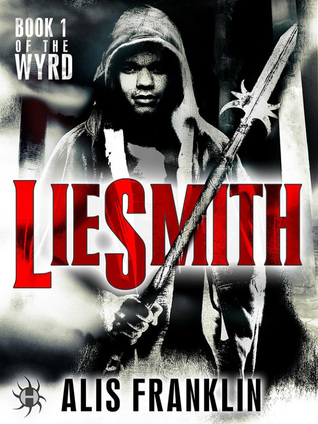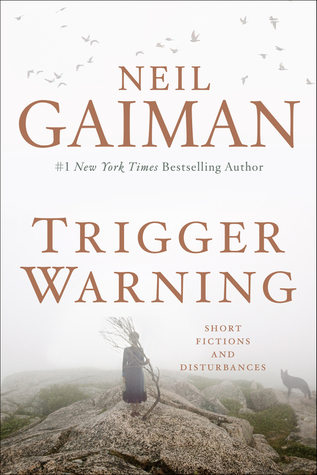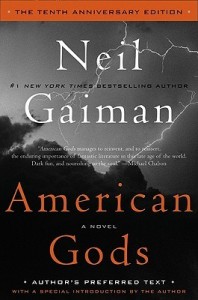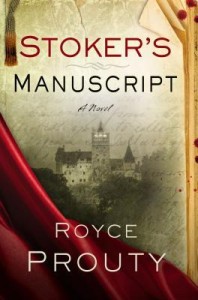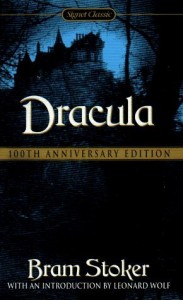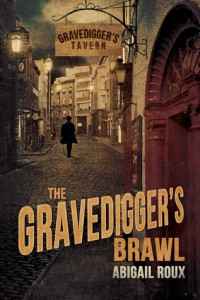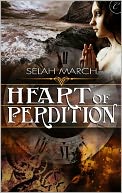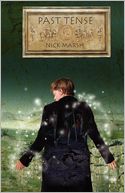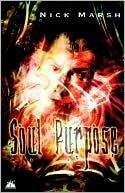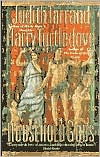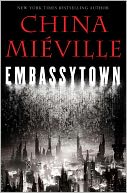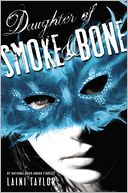 Format read: ebook provided by the publisher via Edelweiss
Format read: ebook provided by the publisher via EdelweissFormats available: hardcover, paperback, ebook, audiobook
Genre: science fiction short stories
Length: 400 pages
Publisher: Del Rey
Date Released: August 4, 2015
Purchasing Info: Author’s Website, Publisher’s Website, Goodreads, Amazon, Barnes & Noble, Kobo, Book Depository
London awakes one morning to find itself besieged by a sky full of floating icebergs. Destroyed oil rigs, mysteriously reborn, clamber from the sea and onto the land, driven by an obscure but violent purpose. An anatomy student cuts open a cadaver to discover impossibly intricate designs carved into a corpse’s bones—designs clearly present from birth, bearing mute testimony to . . . what?
Of such concepts and unforgettable images are made the twenty-eight stories in this collection—many published here for the first time. By turns speculative, satirical, and heart-wrenching, fresh in form and language, and featuring a cast of damaged yet hopeful seekers who come face-to-face with the deep weirdness of the world—and at times the deeper weirdness of themselves—Three Moments of an Explosion is a fitting showcase for one of our most original voices.
My Review:
China Miéville seems to be one of those authors where people who like his writing really, really like it, and people who don’t just don’t. There doesn’t seem to be much of a middle.
After finishing his collection of short stories, Three Moments of an Explosion, I find myself firmly in the latter camp. This isn’t the first time I’ve tried something by him, and my second impression matches the first – “interesting, but not for me.”
I like my stories with a clear beginning, middle and end. However, a lot of the stories in this collection seemed to simply stop, rather than satisfyingly conclude. That’s my interpretation, and your mileage, of course, may vary.
There were also quite a few stories in the collection that felt like horror, some of the Lovecraftian school, and some just plain horror. I very seldom like horror stories, and this was no exception. Creepiness for creepiness’ sake just, well, creeps me out. But also leaves me cold. Sometimes shaking with fear, but mostly cold as to engagement. I don’t warm up to the story.
My favorite story in the collection is the fourth story in. The Dowager of Bees is a story about the inherent magic in cards, card play and card games. It’s part of that satisfaction one feels when the one card in the entire deck comes up, and you win against all odds. It also taps into the wonder of watching someone do complex card tricks excellently. We’ve all handled those pasteboards, how can someone make them dance? But the story involves secret magic, that sometimes, when one is an especially adept player, very special cards appear in the game, and those special cards invoke very special rules that are only available to you while the secret card is in play. It’s also a story about competition, and the desire to win, and oddly enough, love.
One of the horror stories is quietly terrifying in a way that stuck with me. To say I liked it is the wrong phraseology. To say that I’m haunted by it is probably a better match. Säcken is extremely creepy, and creeps along behind you after you finish. A young woman flees something completely “other” that utterly terrifies her, discovers that she can’t flee, and tries to placate it instead. While we all know that was a mistake, it is easy to feel her relief and ultimate terror as she discovers that she has only made things much, much worse. If you think Grimm’s Fairy Tales aren’t nearly Grimm enough, this one’s for you.
There’s a story that is just a bit creepy, but in the thriller type of creepy. It’s also a bit fun and playful. In Dreaded Outcome, we find out just how far some therapists are willing to go in order to help their patients move beyond whatever, or whoever is causing their emotional traumas. If you’ve ever been in therapy, much of the setup will feel familiar. You may also wish that the solutions to your issues could be found in the way that the narrator does.
Escape Rating C+: The few stories I liked, I really liked. The Dowager of Bees is a story that I could see recommending to lots of people looking for a story that might fit into Lev Grossman’s Magicians series or even Harry Potter. The idea that there is magic in the everyday world, but that we don’t run across it except in certain special circumstances.
A lot of SF tropes and themes get played with in this collection. There are several stories that skewer the vicious smallness of academic politics. The academic side is very vicious indeed, but what they are fighting over generally starts out small in these stories, until it becomes bigger and creepier than the reader originally thought.
But in general, there is a lot of very creepy weird in this collection. And it’s just not my cuppa. If it is yours, enjoy.

